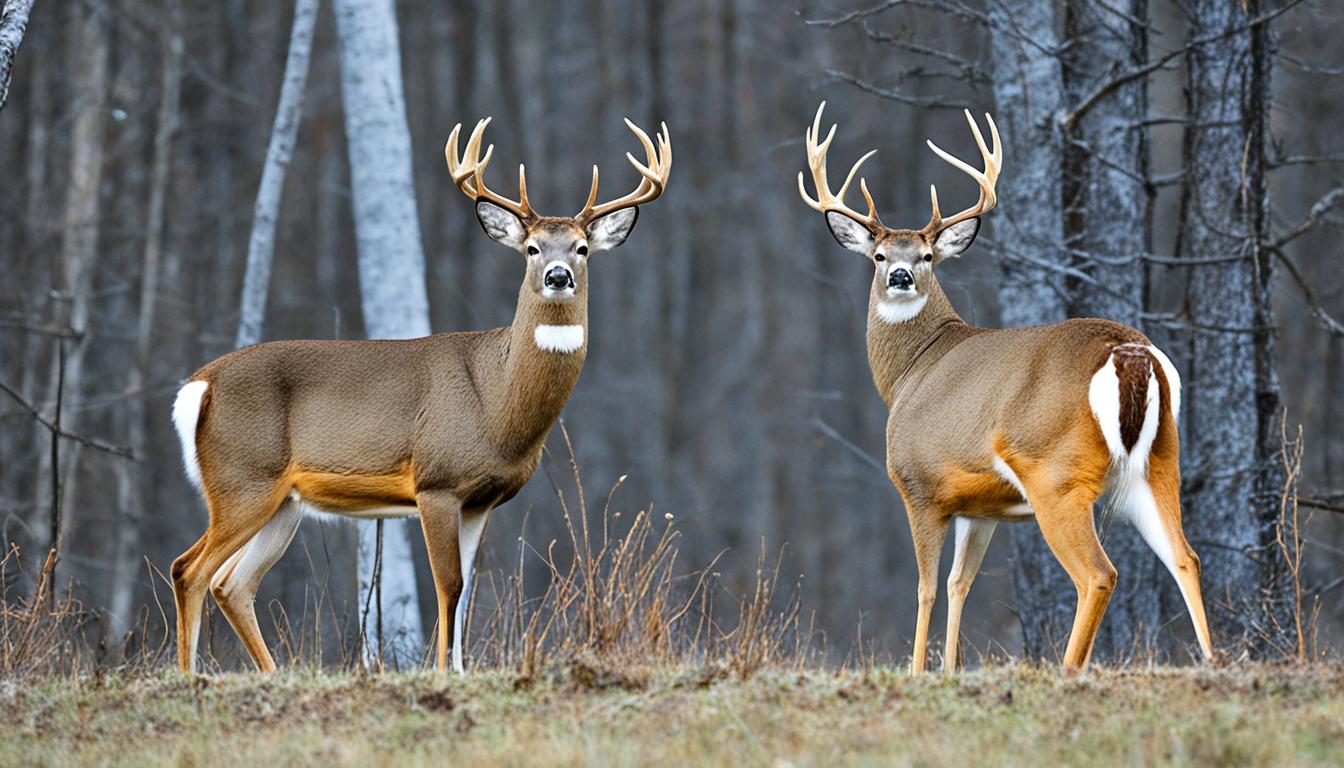There are only 2 living species of hippopotamus in the world today and both are only found in Africa. One is the Common Hippo and the other is the Pygmy Hippo.

How Many Species Of Hippo Are There In The World?
Hippos today are only found in sub-Saharan Africa (anywhere there is plenty of water) although in times past they were found much more globally with hippo bones found in London, England of all places.
Ancestral hippopotamuses (or hippopotami – you can say both) were found all across the Mediterranean, Europe, and Asia. Some of the hippo’s ancient relatives even made it to the Americas, but all became extinct.
This leaves 2 species today: the common hippo (Hippopotamus amphibius) and the Pygmy Hippo (Choeropsis liberiensis). Both look the same in shape, have the same habits and biology – but the former can be over 150% longer, and 5 times heavier, than the Pygmy.
The tallest Hippo is around 5ft at the shoulder and can be over 15ft (4.6m) long – whereas a Pygmy tops out at about 5ft (1.7m) long. Teeny. And their weight might still be around 230kg (500lbs) – about the same as a large male Black Bear – but that’s nothing compared to the male Common Hippos at up to 1500ks (3310lbs). A little less than a compact SUV kerbside! Wow.
Are Hippos An Endangered Species – And How Many Left In The World?
Unfortunately – like so many iconic animals – both species of hippo are classified as Endangered (Pygmy) and Vulnerable (Common) on the IUCN Red List- meaning that there is a threat to all or most of the populations from any number of sources.
In the case of the Pygmy Hippo this is mainly from habitat loss through logging – and hunting for bushmeat. Found only in a few small patches of West Africa there are only an estimated 2000 remaining in the wild. Very recently, a subspecies living in Nigeria went extinct.
The current population, divided up between the 5 or so patches of habitat left in Sierra Leone, Liberia, and Côte d’Ivoire, leaves only a handful of individuals in each location – hardly enough to sustain a healthy population. Seeing as the females can be around 5 years old before weaning their first calf – population growth is very slow.
The Common Hippo is also threatened by habitat loss all over the continent of Africa, as well as during war. Less so than the Pygmy for bushmeat where the two species overlap as it isn’t quite as palatable apparently. Although still prized as a delicacy in many parts of central Africa – it is more often hunted for the ivory in its long tusks.
Having around 150,000 estimated as the current population – Common Hippos are by no means any less rare per location than the Pygmy. Because the Common Hippo lives across 37 countries – two-thirds of the continent – totaling around 4000 on average in each country. Not so good either.
Is the Ability to Jump Related to the Different Species of Hippos?
Hippos’ jumping abilities explored: The ability to jump varies among different species of hippos. While some exhibit remarkable jumping skills, others lack agility. The disparity is likely due to variations in their physical attributes, such as body shape and muscle strength. Understanding the factors influencing hippos’ jumping abilities helps shed light on the adaptations of these fascinating creatures.
How Big Are The Biggest Hippos?
Common Hippos are – by volume – the third largest land mammal species in the world behind the elephant and the rhino (although not all rhinos are bigger than hippos). They are greater in volume than giraffes too, which is something distorted by the two very different body shapes.
Giraffes can weigh up to 800kg (1750lbs) – which is just over half the weight of a full-grown adult male hippo. No wonder they live in water – to take the weight of those stubby legs!
Not surprisingly then – it has been found genetically – that hippos evolved from the same common ancestor as cetaceans (whales and dolphins). both these groups stemming from an identical semi-aquatic prehistoric mammal in this same geographic area.
Although often called ‘water horses’ or ‘giant pigs’ hippos are not closely related to either of them. In fact, cows and sheep are the next closest mammal group. However, due to this early aquatic lifestyle – they were able to grow in weight considerably because moving in water is so much easier than on land.
Male hippos also keep growing their entire life – like crocodiles. In theory then – the older one gets (and they live a good 30-40 years in the wild) the heavier, taller, and longer they can become. Females reach their maximum weight and size at around 25 years of age – but there is nothing to stop the males from just getting bigger and bigger.
But it isn’t just their overall size that is massive – a hippo’s front teeth can be over a foot-and-a-half long in an adult (that’s 45cm long). The longest of any mammal.











